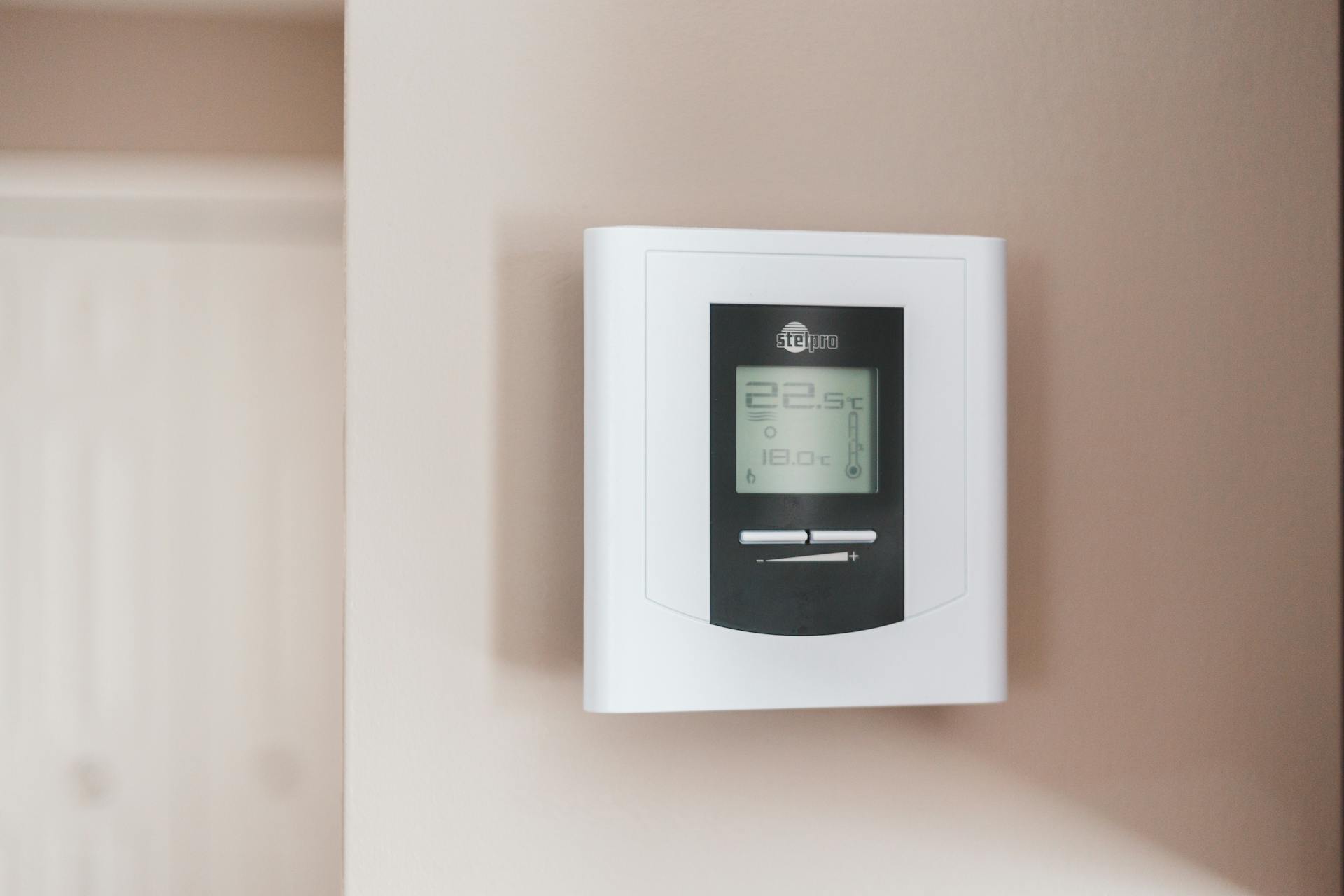

Question: Which Appliance is a Real Energy Drainer?
Answer: The applicances that are the real energy drainers in a home are the heating and cooling systems, followed by water heaters, clothes dryers, and refrigerators.
The Energy Hogs in Your Home
Which appliance is a real energy drainer? Homeowners often underestimate the energy consumption of their appliances, leading to surprisingly high utility bills. Understanding which appliances consume the most energy empowers you to make informed decisions about usage and potential upgrades. Let’s delve into the energy consumption of common household appliances.
Heating and Cooling Systems: The Biggest Energy Consumers
Heating and cooling systems typically account for the largest portion of a home’s energy consumption. Furnaces, air conditioners, and heat pumps work tirelessly to maintain comfortable temperatures year-round, resulting in substantial energy usage.
Furnaces
Furnaces, especially older models, can be significant energy drainers. Regular maintenance, including filter changes and professional inspections, can improve efficiency. Consider upgrading to a high-efficiency furnace for substantial long-term savings.
Air Conditioners
Air conditioners provide much-needed relief during hot summers, but they come at an energy cost. Optimizing thermostat settings, using fans strategically, and ensuring proper insulation can help reduce their energy consumption.
Heat Pumps
Heat pumps offer both heating and cooling capabilities. While generally more energy-efficient than separate furnaces and air conditioners, their efficiency varies depending on the climate and model. Regular maintenance is crucial for optimal performance.
Click here for more information about local Orangeville realtors
Related Article: Does Closing Doors to Unused Rooms Save Energy?
Related Article: Where Do You Lose Most Heat in the House?
Refrigerators: Always On, Always Consuming
Refrigerators maintain low temperatures 24/7, making them another major energy consumer. Older models tend to be less efficient than newer, Energy Star-certified refrigerators. Proper maintenance, such as cleaning condenser coils and ensuring a good door seal, can help improve efficiency.
Size and Features
Refrigerator size and features also influence energy consumption. Larger refrigerators and those with ice makers and dispensers typically consume more energy.
Ovens and Ranges: High Energy Use During Operation
While ovens and ranges are not constantly running, they require significant energy during operation. Electric ovens and ranges generally consume more energy than gas counterparts. Utilizing energy-efficient cooking methods, such as using smaller appliances like toaster ovens or microwaves for smaller meals, can reduce overall energy consumption.
Cooking Practices
Adopting energy-efficient cooking practices, such as minimizing preheating time and using lids on pots and pans, can further reduce energy usage.
Clothes Washers and Dryers: Laundry’s Energy Footprint
Washing and drying clothes consumes a considerable amount of energy. High-efficiency washing machines use less water and energy than older models. Air-drying clothes whenever possible significantly reduces energy consumption compared to using a dryer.
Optimizing Laundry Cycles
Optimizing laundry cycles, such as washing clothes in cold water and using the appropriate dryer settings, can help conserve energy.
Other Appliances: Smaller Contributions, but Still Significant
Other appliances, such as dishwashers, televisions, and computers, contribute to overall energy consumption. While individually their energy usage may seem small, collectively they can add up. Choosing Energy Star-certified models and adopting energy-saving habits, such as turning off lights when leaving a room and unplugging electronics when not in use, can make a difference.
Phantom Loads
Be mindful of “phantom loads,” the energy consumed by electronics even when turned off but still plugged in. Using power bars can help reduce these phantom loads.
Electronics and Lighting: Small Changes, Big Impact
While individual electronics and lights might not consume as much energy as major appliances, their cumulative effect can be significant. LED lights use considerably less energy than incandescent bulbs. Turning off lights when leaving a room and unplugging electronics when not in use can make a noticeable difference in your energy bill.
Conclusion – Which Appliance is a Real Energy Drainer?
Identifying the biggest energy drainers in your home allows you to implement strategies to reduce energy consumption and lower your utility bills. From upgrading to more energy-efficient appliances to adopting mindful usage habits, you can take control of your energy usage and create a more sustainable home. Understanding your appliances’ energy consumption helps make informed decisions about appliance selection, usage, and potential upgrades, contributing to both financial savings and environmental responsibility.


